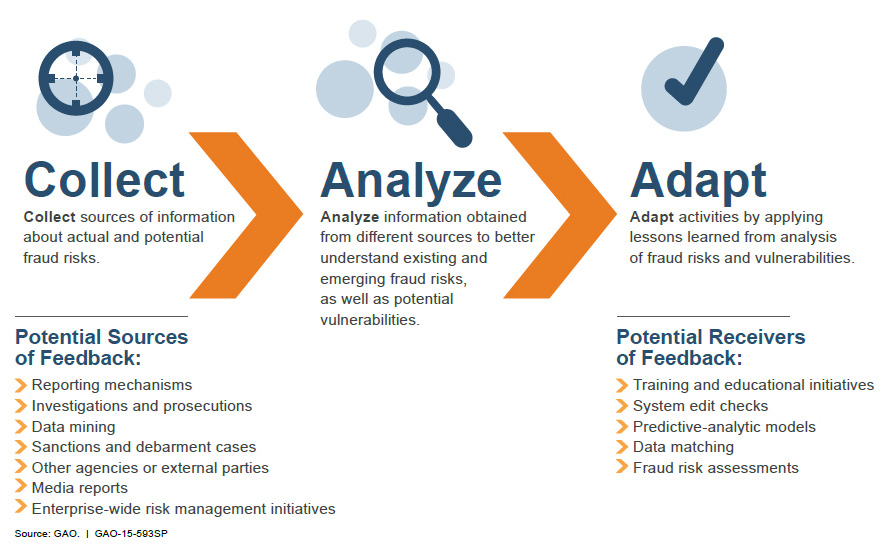 Sainsbury Management Fellow, Perses Sethna- Director of Business Change Services at PRT Partners: Perses is a Chartered Engineer, Fellow of the Institution of Engineering & Technology, SMF and INSEAD MBA. He has held change leadership positions throughout his career at BT plc, Dixons Carphone Group and most recently his own business change consultancy PRT Partners Ltd.
Sainsbury Management Fellow, Perses Sethna- Director of Business Change Services at PRT Partners: Perses is a Chartered Engineer, Fellow of the Institution of Engineering & Technology, SMF and INSEAD MBA. He has held change leadership positions throughout his career at BT plc, Dixons Carphone Group and most recently his own business change consultancy PRT Partners Ltd.
He believes that mindful application of technology is the route to human progress, and that this requires above all the right conversations to be created between people across diverse business and technology functions in organisations.
In this article he reflects on the opportunity to accelerate the pace of such conversations, in response to the challenges presented by the COVID-19 pandemic.
For many years, we have heard that digital technologies can enable people to work and live in far more flexible and efficient ways. The COVID-19 pandemic has forced the pace of this realisation, crashing through traditional barriers to change in the working environment.
Many people have been unable to work together in the same physical location, and miss the deeper level of social interaction. However, they are also appreciating the many benefits that new ways of working from home, enabled by digital technology, can bring.
Few people are missing the time and energy expended in commuting and travel to meetings just because ‘that’s the way it’s always been done’.
Huge benefits have been seen all over the world in pollution reduction and improvements to our environment in a relatively short time. This shows the enormous long-term benefits that are possible, if we prepare for life and work beyond lockdown in a mindful and flexible way.
Simply returning to exactly ‘the way things were’ is not going to be an option.
In his well-regarded article “The Hammer and the Dance” (note 1) consultant and author Tomas Pueyo advocated a response to COVID-19 that authorities around the world have since taken. The first phase is aggressive action including population lockdowns (the Hammer); the second is a much longer period of vigilance including selective action to target local spikes of infection (the Dance).
A key feature of this approach is that during the second phase, responsibility for decision-making and action will increasingly pass from Governments to organisations and individuals.
So, are we ready for ‘the dance’?
Being ready for a long period of selective action means that organisations will, above all, require flexibility to adapt their ways of working quickly and often as circumstances change. For example, organisations re-opening their offices to employees may need to switch back to only online working in specific locations during local outbreaks of infection.
In most cases, the technology has been readily available for some time to enable such flexible ways of working, at least for office-based people in organisations. But we have often simply chosen not to use it. Why? Organisations have a unique opportunity to ask themselves this and other key questions brought to the surface by the pandemic. By considering these questions, they can design more effective ways of working, tailored to their own specific needs and culture, for years to come.
Flexible working
- Why do we insist on seeing our staff in the office all day every day? Are we set up to manage performance as measured by outputs and results, rather than simply monitoring time spent in the office?
- Would our office-based people be more or less productive if allowed to structure their own time to work in the office, at home or elsewhere? Would this improve work-life balance? How could we avoid negative impacts such as reduced downtime for employees?
- New disciplines will evolve with flexible working, such as more regular but shorter progress calls, shared dashboards of progress against team goals, automated task tracking against agreed deadlines and so on. How can we build these potentially threatening routines in a collaborative and trusted way, to increase the motivation and effectiveness of our teams?
- How can our people in business functions be fully involved in the design of processes and technology to achieve the benefits of flexible working and other ‘digital transformations’?
Collaboration
- How can we extend flexible working technology to break down boundaries between tribes and silos, and to create multidisciplinary teams across locations?
- How can cross-functional workshops be mobilised online to work through inter-departmental problems, to implement the fixes using joint action plans?
- How can we use more digital ways of working to reduce departmental politics?
The office and the environment
- How can our offices be re-purposed to become the Hubs of the new flexible way of working?
- How can most of our office space be turned over to socially-distanced collaboration (formal or informal meeting areas) rather than individual desks- since individual work can be done as effectively at home?
- How much of our office space can be released? What would be the savings in property and travel costs?
- How can we maximise changes that benefit the environment, such as reduced commuting?
Flexible resourcing
- How can we optimise our blend of permanent and specialist temporary resources, so that we maximise our flexibility to respond to changing requirements?
- How can we bring in temporary skills for short, specific pieces of work, with payment against agreed outcomes rather than day rates? How can we ensure that this approach complies with IR35 legislation?
- How can we work with our Consulting partners to update the ‘land and expand’ business model into higher value, short-duration interventions focused on increasing the capability of our own organisation?
- How can we use temporary expertise to help our employees create new ways of working that are tailored to the unique needs and culture of our own organisation?
Before the COVID-19 crisis, businesses globally were set to spend $7.1 Trillion over the next four years on the use of digital technology to improve their operations (note 2). Many such transformations have failed in the past (note 3), and the new environment will make success even more challenging.
Therefore, it is especially important that these questions are discussed by leadership teams to prepare for the ‘new normal’, fully engaging their people and their technology, business change and resourcing partners.
Coming soon: Look out for video interviews with the people creating better ways of working for the new normal. These will be posted on the video page on this website from July 2020.
Notes & sources
- Coronavirus: The Hammer and the Dance. What the Next 18 Months Can Look Like, if Leaders Buy Us Time. Tomas Pueyo https://medium.com/@tomaspueyo/coronavirus-the-hammer-and-the-dance-be9337092b56
- IDC FutureScape: Worldwide Digital Transformation 2020 Predictions https://www.idc.com/getdoc.jsp?containerId=US45569118
- Unlocking success in digital transformations. McKinsey&Company https://www.mckinsey.com/business-functions/organization/our-insights/unlocking-success-in-digital-transformations











